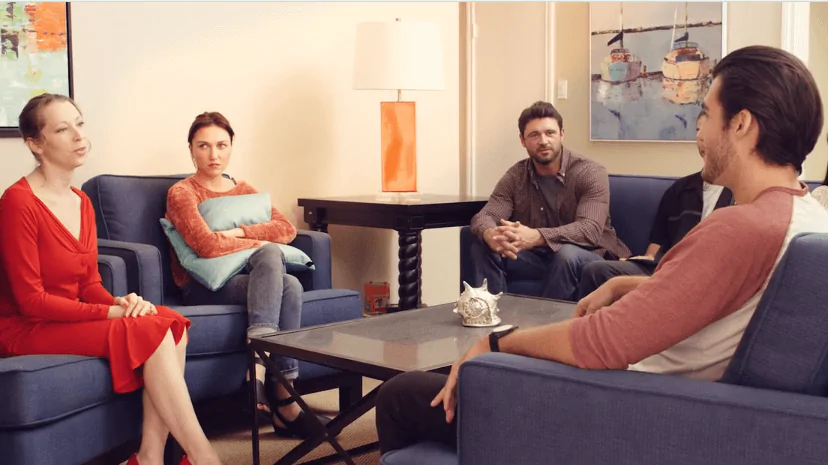24/7 Helpline:
(866) 899-221924/7 Helpline:
(866) 899-2219
Learn more about Ritalin Detox centers in Blue Eye
Ritalin Detox in Other Cities

Other Insurance Options

Anthem

Magellan

Health Partners
Beacon

Covered California

MHNNet Behavioral Health

ComPsych

WellCare Health Plans

UnitedHealth Group

Multiplan

Coventry Health Care

Lucent

American Behavioral

Kaiser Permanente

CareFirst

Ambetter

WellPoint

Health Net

Evernorth

CareSource












